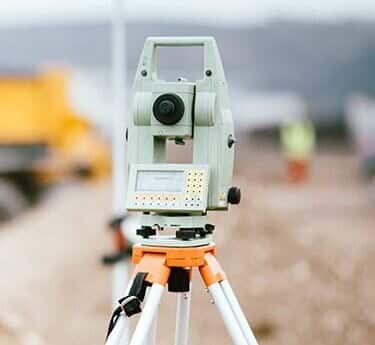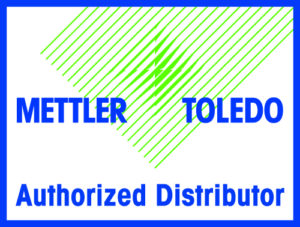Metrology Glossary: Theodolite
What Is A Theodolite?
A theodolite is a precision instrument designed to measure angles both horizontally and vertically. It is primarily used in surveying to accurately determine distances and elevations. Theodolites feature an optical device mounted on a rotating base, allowing for precise angular measurements in both the horizontal and vertical planes.
What Are Theodolites Used For?
Construction and Engineering:
- Alignment and Layout: Ensure precise alignment of buildings, roads, and structures.
- Tunnel and Bridge Construction: Monitor alignment and geometry for safe and accurate construction.
- Setting Out Curves: Design and mark curved sections of roads and railways for smooth transportation routes.
- Machine Alignment: Align heavy machinery for efficient operation and longevity.
Surveying and Mapping:
- Topographic Mapping: Create detailed terrain maps showing contours and elevations for land development and planning.
- Cadastral Surveying: Define property boundaries and land parcel dimensions for legal and ownership records.
- Control Point Establishment: Set accurate reference points for consistency in large-scale surveying projects.
- Volume Calculations: Measure earth volumes for construction projects, aiding in planning and cost estimation.
Mining and Geology:
- Underground Surveying: Map underground tunnels and structures for safe excavation planning.
- Slope Stability Assessment: Measure slope angles to assess stability and prevent landslides.

Related Terms
An inclinometer serves as a tool for gauging the angular displacement of an object from the horizontal plane....
Calibration involves the comparison of a measuring instrument with a known accurate standard to identify any discrepancies and make necessary adjustments....







